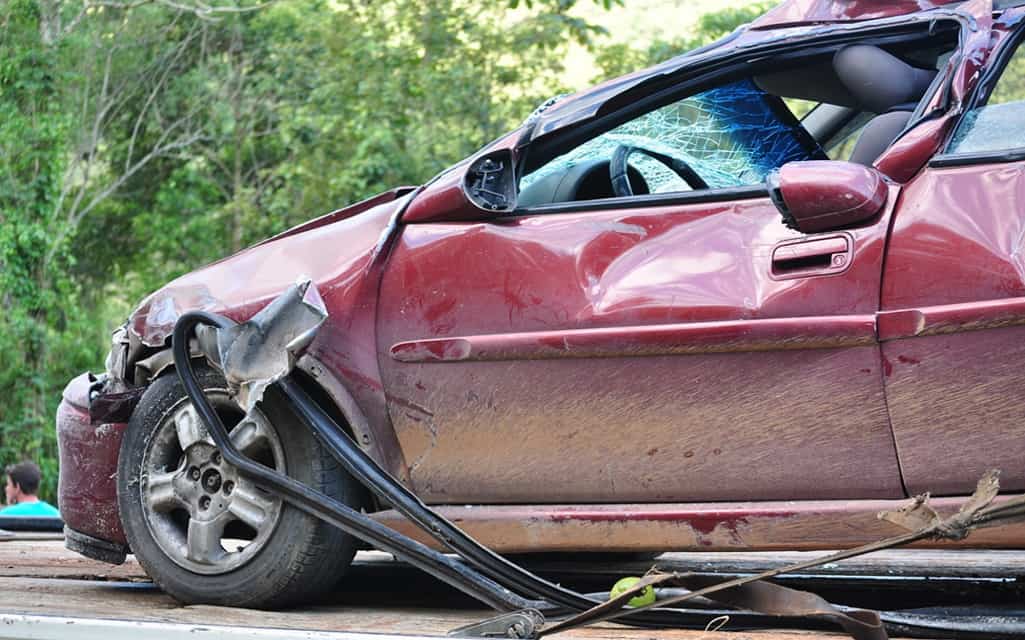Car insurance provides financial protection against bodily injury, damage to your vehicle, and liability. In addition, some coverage policies also reward you for driving less, which can lower the cost of your policy.
Before we get into some of the details, it’s important to remember that auto insurance is a legal necessity. You literally can’t go without it. So what should you look for in a policy?
Rates vary by state
Auto coverage rates differ in every state, but there are some general factors that affect them all. The population density in an area, whether it’s a rural or an urban setting, can affect your rates. High population density tends to increase accident rates, so you can expect to pay more for coverage in a city than in a rural area.
You should also be aware that your ZIP code may influence your coverage premiums, and if you live in a rural area, you might have a cheaper rate than in an urban area. You can click here to learn about other determining factors like how densely populated areas have more drivers and more accidents.
Riskier areas tend to have higher insurance rates as a result of increased risk, such as the number of uninsured drivers or the number of accidents in a neighborhood. Insurers also take these factors into account when calculating rates, so you should be aware of them and compare quotes from multiple insurers.
Auto coverage rates in different states are based on several factors, including the type of auto you drive, age, and driving record. States in the Far West have the highest average premiums per capita, but they’re not the only ones. In fact, some of the most expensive states are in the Far West, including California and Nevada.
Costs depend on coverage
The cost of your auto coverage will depend on many factors, such as the type of vehicle you drive, the model, and year. Insurers will also use certain information from your credit history to determine your monthly premium. While this is illegal in Massachusetts and California, it does affect your cost.
The type of vehicle you drive can also have a dramatic effect on your coverage costs. Luxury autos, for example, are typically more expensive to insure than economy models. That’s because they have higher safety ratings and crash prevention features.
Age of Drivers
Younger drivers are more likely to get into accidents than older drivers. However, accidents can increase your coverage costs, as well. Moreover, multiple speeding tickets and DUIs will raise your premiums.
However, drivers with a good driving record and pristine credit ratings can enjoy lower rates. Other factors include your marital status. Single drivers often pay higher rates than married individuals. Having an auto with high safety equipment can also lower your costs.

Reward for driving less
If you are a cautious driver who wants to save money on auto coverage, you may want to take advantage of the Reward for Driving Less or similar program. Unlike other car insurance Virginia Beach programs that reward you for driving less, you may not see any immediate savings. However, this program will help you cut the cost of your premium in the long run.
Uninsured/underinsured motorist coverage
Underinsured/uninsured motorist coverage on your auto insurance pays for damages caused by another driver who does not have enough coverage. Typically, it pays up to the amount of your policy, and sometimes even more. The law requires all drivers to have auto liability coverage, but many do not.
Underinsured and more so uninsured motorist coverage is a great way to cover you in the event of a collision with another who does not have the proper coverage. Underinsured motorist coverage works similarly to uninsured motorist coverage, but it is not required in every state.
This type of coverage may be required by your health insurance plan, however, if your policy includes a high deductible. The money you receive from this coverage can help pay for your hospitalization costs, your co-coverage, your co-pays, and even your health coverage deductible. It also pays for pain and suffering, lost wages, and any other costs associated with the accident.



